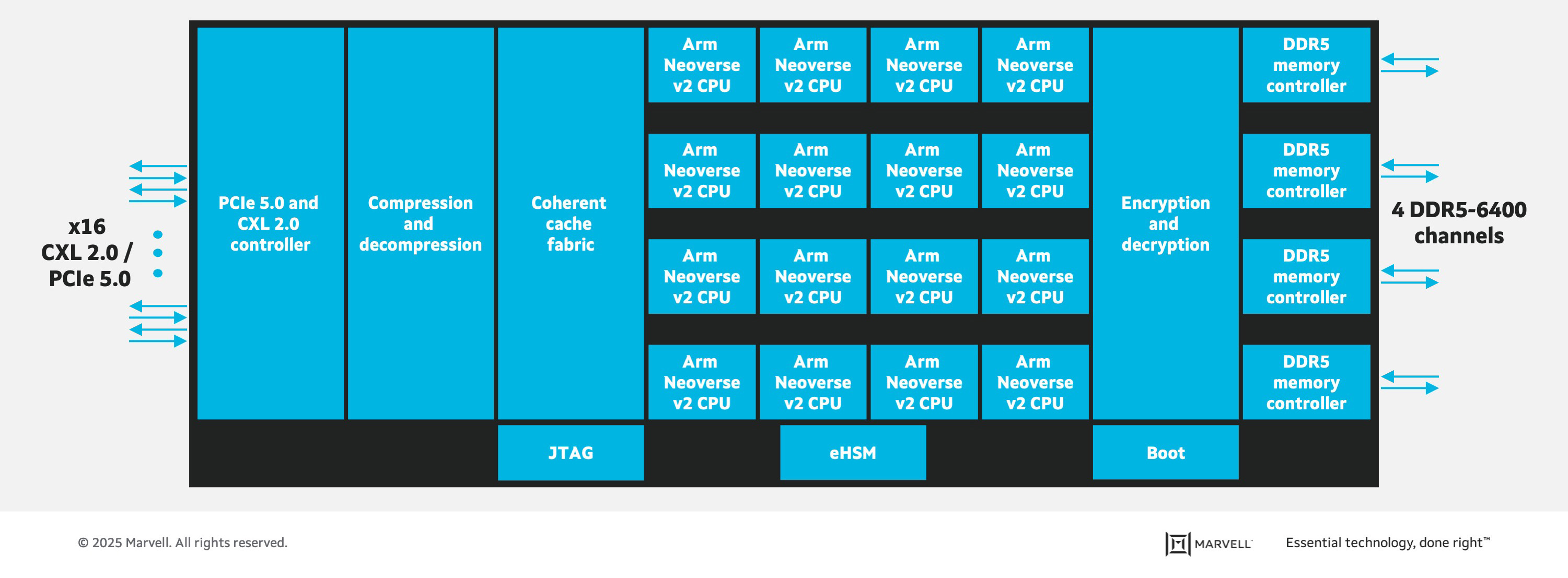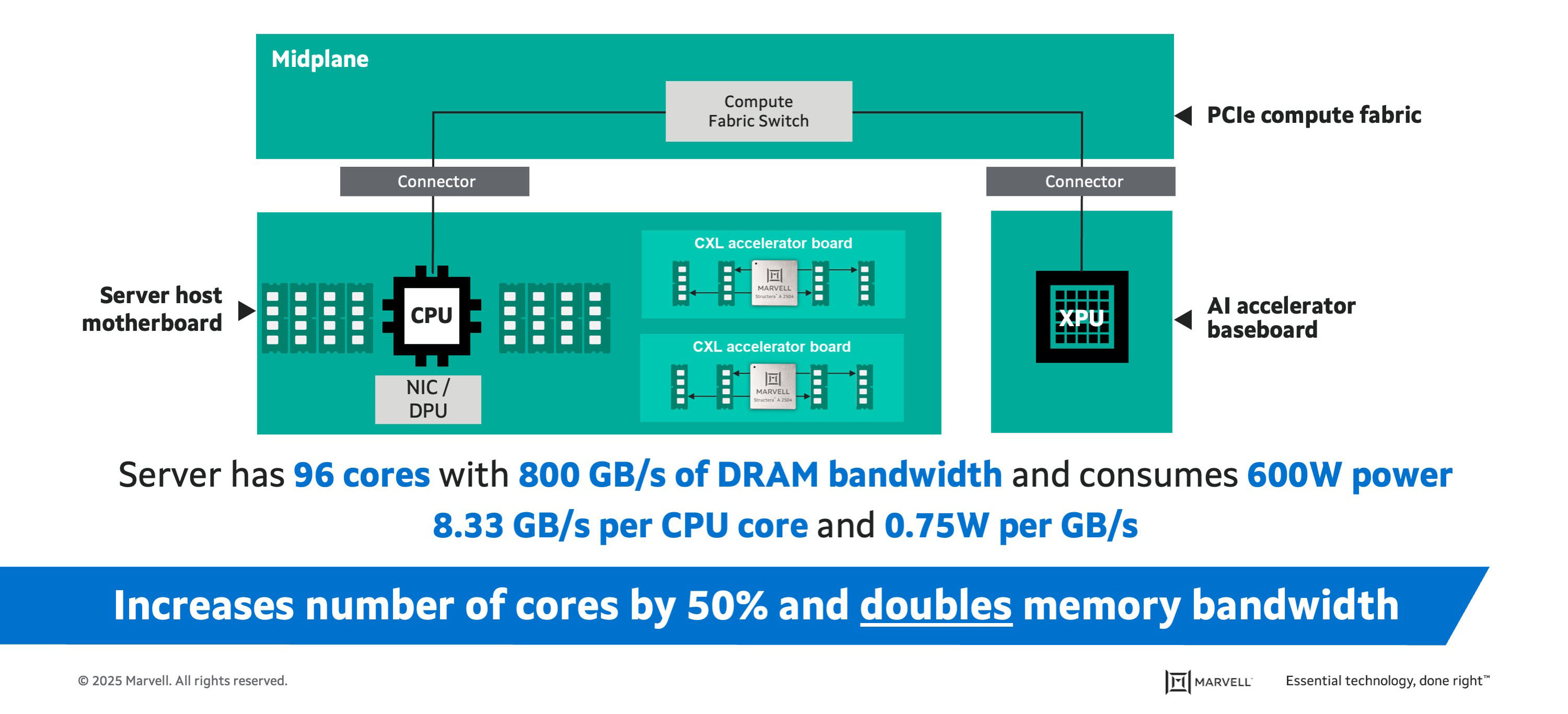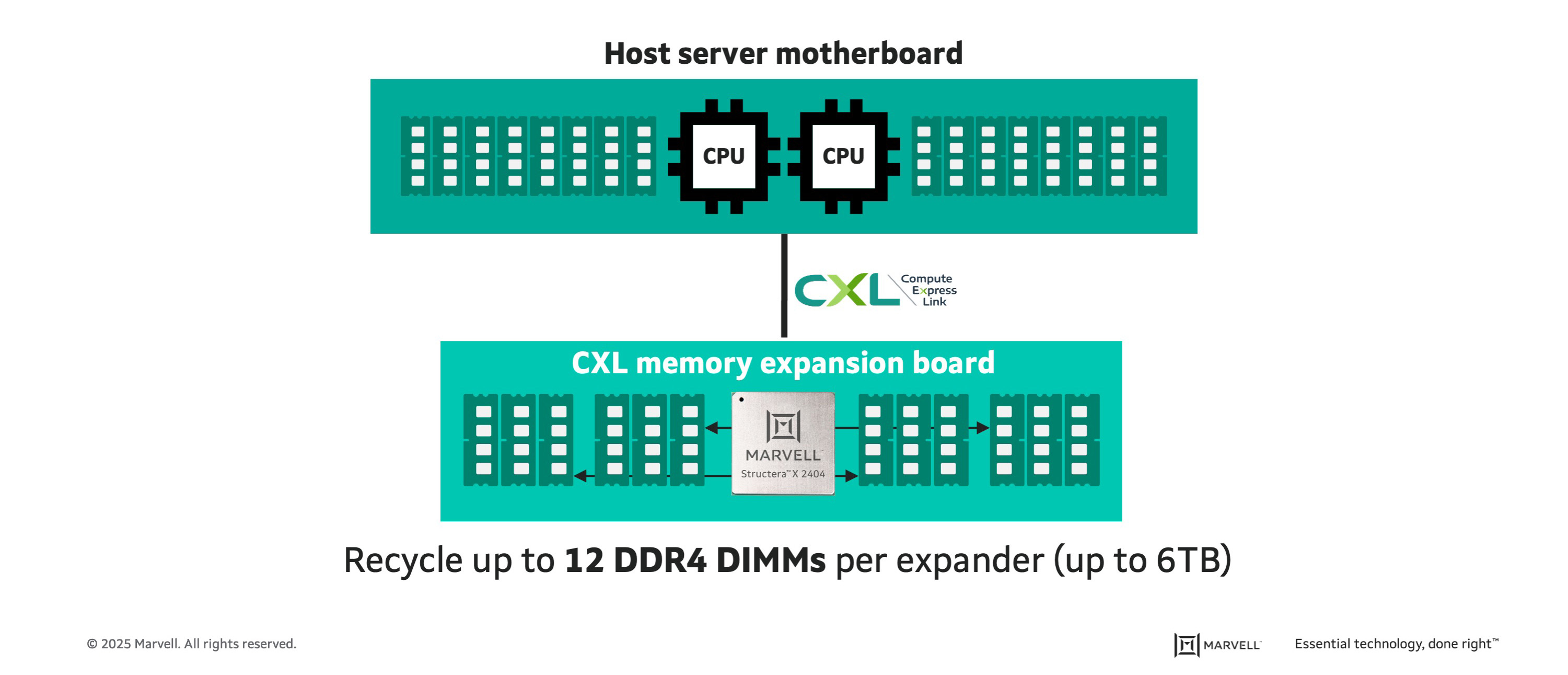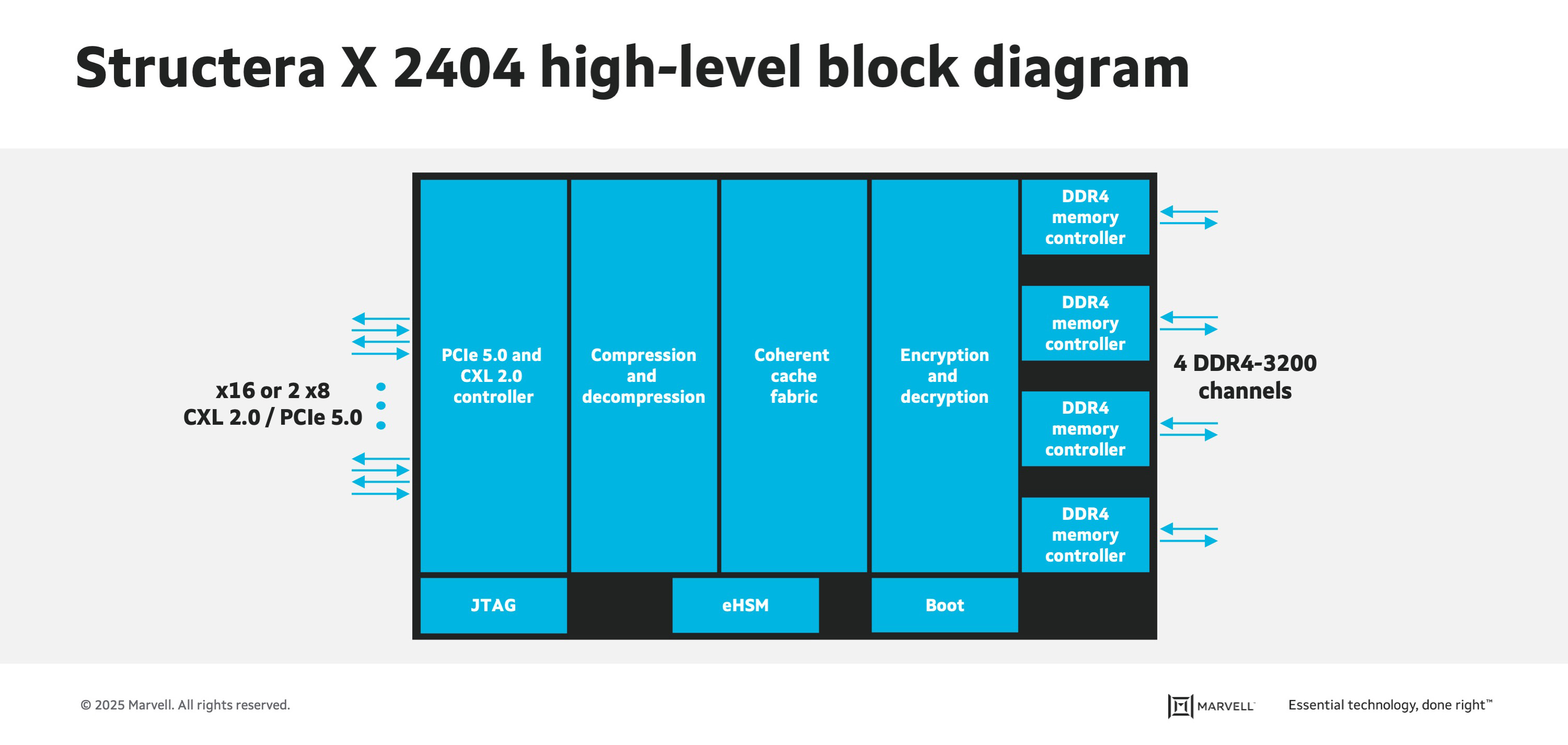Five Ways CXL Will Transform Computing
This story was also featured in Electronic Design
Some technologies experience stunning breakthroughs every year. In memory, it can be decades between major milestones. Burroughs invented magnetic memory in 1952 so ENIAC wouldn’t lose time pulling data from punch cards1. In the 1970s DRAM replaced magnetic memory while in the 2010s, HBM arrived.
Compute Express Link (CXL) represents the next big step forward. CXL devices essentially take advantage of available PCIe interfaces to open an additional conduit that complements the overtaxed memory bus. More lanes, more data movement, more performance.
Additionally, and arguably more importantly, CXL will change how data centers are built, operate and work. It’s a technology that will have a ripple effect. Here are a few scenarios on how it can potentially impact infrastructure:
1. DLRM Gets Faster and More Efficient
Memory bandwidth—the amount of memory that can be transmitted from memory to a processor per second—has chronically been a bottleneck because processor performance increases far faster and more predictably than bus speed or bus capacity. To help contain that gap, designers have added more lanes or added co-processors.
Marvell® StructeraTM A does both. The first-of-its-kind device in a new industry category of memory accelerators, Structera A sports 16 Arm Neoverse N2 cores, 200 Gbps of memory bandwidth, up to 4TB of memory and consumes under 100 watts along with processing fabric and other Marvell-only technology. It’s essentially a server-within-a-server with outsized memory bandwidth for bandwidth-intensive tasks like inference or deep learning recommendation models (DRLM). Cloud providers need to program their software to offload tasks to Structera A, but doing so brings a number of benefits.
Take a high-end x86 processor. Today it might sport 64 cores, 400 Gbps of memory bandwidth, up to 2TB of memory (i.e. four top-of-the-line 512GB DIMMs), and consume a maximum 400 watts for a data transmission power rate 1W per GB/sec.
Adding one Structera A increases core count by 25% (64 to 80 processor cores) and memory bandwidth by 50% (400 Gbps to 600Gbps). Memory capacity, meanwhile, increases by 4TB. One of the chip’s optimized design features is that it sports four memory channels rather than the usual two to give the server and overall capacity of 6TB, or 300% more than normal.
Total power goes up by 100W, but, because of the outsized increase in bandwidth, transmission power per GB per second drops 17% to 0.83W.
Adding two increases core count by 50% (to 96 cores), doubles memory bandwidth from the 400 Gbps base to 800 Gbps, boosts memory capacity 6x to up to 12TB. Power per bit transmitted, meanwhile, drops by 25% to 0.75W per GB/sec.
Now multiply that by 40, roughly the number of servers in a rack. That’s 3,840 more processing cores--or the equivalent of 60 additional servers--in the same finite space and 24 Tbps more memory bandwidth. Total potential memory capacity increases to 400TB.
2. Real Estate and Facility Costs Drop
Now multiply the equipment in the single rack by 10, the number of racks per row. That’s 600 extra servers, or equivalent to adding an edge-metro size data center (250-1000 servers) without having to actually build one. And it scales. A real mid-sized data center with 14 rows would have the processing headroom of a small hyperscaler facility with 8,400 servers without the supersized cooling and physical infrastructure.
Will your mileage vary? Absolutely, but the direction remains the same. CXL effectively lets data center operators squeeze more capacity within the same roofline. With CXL, the footprint of physical infrastructure doesn’t need to grow as fast to accommodate demand.
3. Free Memory Is There for the Taking
Because of its unusual design, DRAM lasts far longer than other components. It can operate for over a decade, although the servers that contain it might be decommissioned after 5 years. Exabytes of DDR4 DRAM have been shipped to data center operators since it debuted in the last decade. Servers based on next generation processors coming to market in the near future are only compatible with DDR 5.
That means there will be vast stockpiles of useful, but unused DDR 4 DIMMs that will grow as existing servers get replaced.
Marvell Structera X is the industry’s first CXL memory expander with 4 DDR4 memory controller channels that support 3 DDR4 DIMMS per channel. In other words, it lets you add 12 DIMMs to complement the 8 DIMM slots natively supported by the processor for 6TB of capacity with 512GB DIMMS. Structera X also features LZ4 compression, again a first, that can double the amount of memory accessed to 12TB.
12TB of memory in one server. The NEC Earth Simulator, the last great vector computer ever made and the top supercomputer in the world between 2002 and 2004, only had 10TB2.
Let’s say you wanted to fully max out the memory, but your CXL system was only compatible with DDR5. 256GB DDR5 DIMMs currently sell for $2,488 in the spot market3. 12x is $29,856. 24x is $59,712. Populating an entire rack would cost $2,388,480.
Using DDR 4 wouldn’t be free. There would be testing and integration costs. But the cost would be relatively minor.
But let’s say you only wanted 64GB DIMMs. DDR5 64GB DIMMs sell for roughly $280 in the spot market4. 12x comes to $3,360 more per server, or $134,400 per rack or $1,344,000 per row. It adds up. At the same time, massive amounts of memory avoid becoming part of the 62 million tons of e-waste generated per year5.
4. Higher Utilization of Assets
Another feature of Structera X: two processors can take advantage of the additional memory it provides: think of this as an early form of memory pooling, another benefit of CXL.
Microsoft estimates that 25% of memory can become stranded6 during certain functions because they are only accessible by one or two processors. In 2028, DRAM sales for servers will hit around $32-40 billion, not counting high bandwidth memory. (This is an average of different forecasts, which vary.7 Even with the low figure, that means up to $8 billion of memory shipped in one year alone will be idle for a good part of the time. With servers living around 7.6 years8 these days, that one year of shipments represents only a fraction of the idling memory bought.
Or look at it this way Memory systems consume between 25-40% of data center power.9 For the sake of argument assume than only 5%, or one-fifth, of it is stranded at any given time. That’s 1.25% to 2% of data center power delivered to stranded assets (25 and 40 x.05). Data centers consumed 460 terawatt hours of power in 2022 and are on track potentially for 1,000 TWh in 202610. That’s 5.75 to 9.2 TWh, or billion watt hours, going to memory stuck in idle in 2022 and 12.5-20 TWh in 2026. A typical US home consumes 10,500 kilowatt hours a year11. That’s enough power for 1190 to 2000 U.S. homes in four years or nearly 6,500 homes in Germany12.
And, of course, there will be more ideas. Memory appliances will pave the way for truly disaggregated systems and data centers. Near-memory accelerators, potentially, will also be used for leveraging ML to monitor ongoing system health or enhance security.
5. Better Operations Through Telemetry
Telemetry, the art of monitoring real-time operational data for upping utilization or engaging in predictive maintenance, has been around for years. Advances in embedded processors and analytics, however, are making it far more useful.
CXL telemetry will be particularly useful with memory pooling and disaggregated systems. Instead of being tied to a single server or processor, memory, along with processors and networking, will be shared across a broad array of assets in an ad hoc fashion. Telemetry data will play a big role in developing the ‘magically delicious’ formulas for running these systems.
1. ACM Digital Library, 1952.
2. Top 500 Org running archive.
3. Memory Net, September 2023.
4. Memory Net, September 2023.
5. International Telecommunications Union.
6. Microsoft. Pond: CXL-Based Memory Pooling Systems for Cloud Platforms, March 2023.
7. Yole Group, February 2023.
8. Omdia and NetworkWorld, March 2024.
9. University of Illinois, Understanding and Optimizing Power Consumption in Memory Networks
10. International Energy Agency, Electricity 2024 report.
11. US Energy Information Agency.
12. Destatis.De (Statistics agency of the Bundestadt).
# # #
This blog contains forward-looking statements within the meaning of the federal securities laws that involve risks and uncertainties. Forward-looking statements include, without limitation, any statement that may predict, forecast, indicate or imply future events or achievements. Actual events or results may differ materially from those contemplated in this blog. Forward-looking statements are only predictions and are subject to risks, uncertainties and assumptions that are difficult to predict, including those described in the “Risk Factors” section of our Annual Reports on Form 10-K, Quarterly Reports on Form 10-Q and other documents filed by us from time to time with the SEC. Forward-looking statements speak only as of the date they are made. Readers are cautioned not to put undue reliance on forward-looking statements, and no person assumes any obligation to update or revise any such forward-looking statements, whether as a result of new information, future events or otherwise.
Tags: data centers, memory





